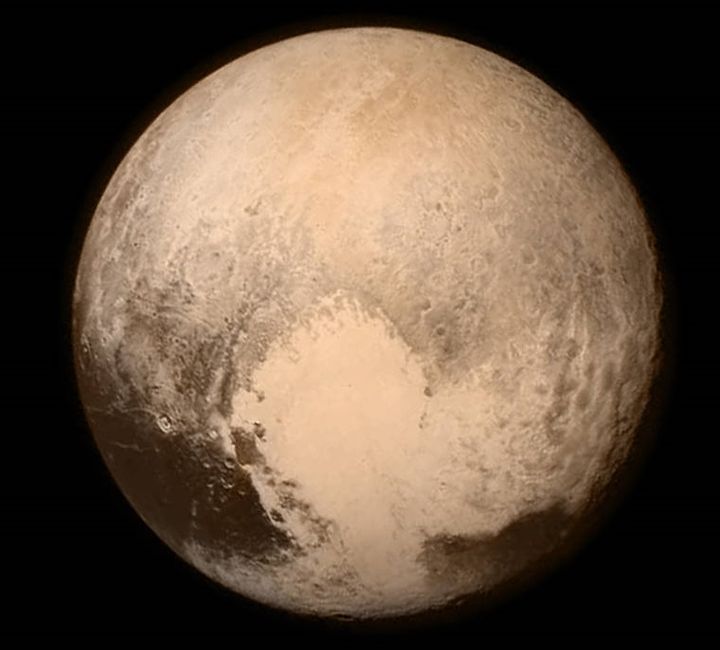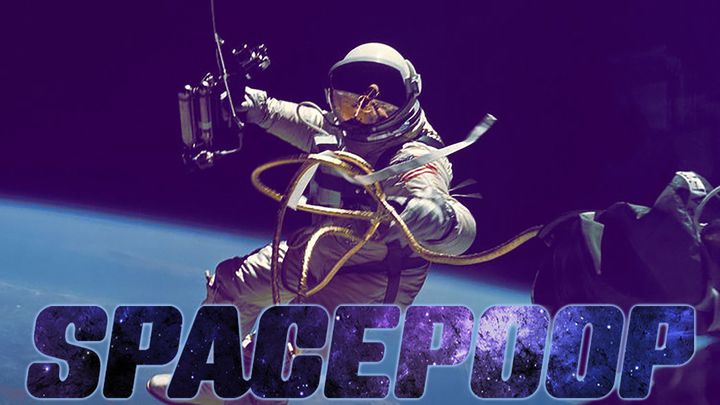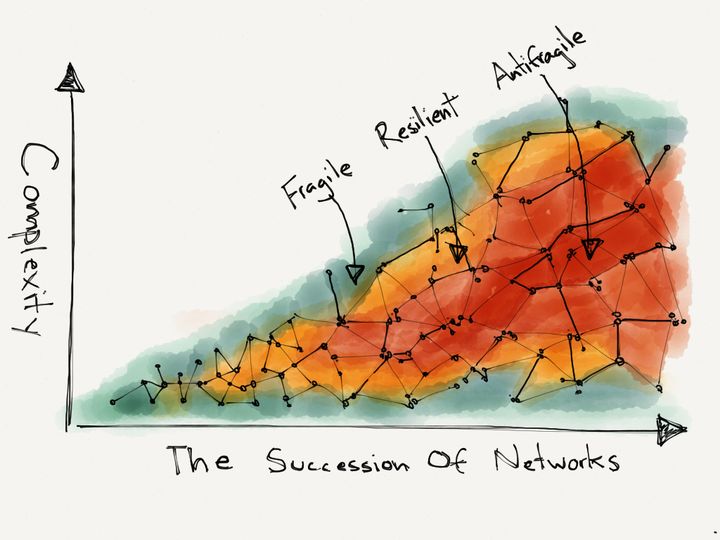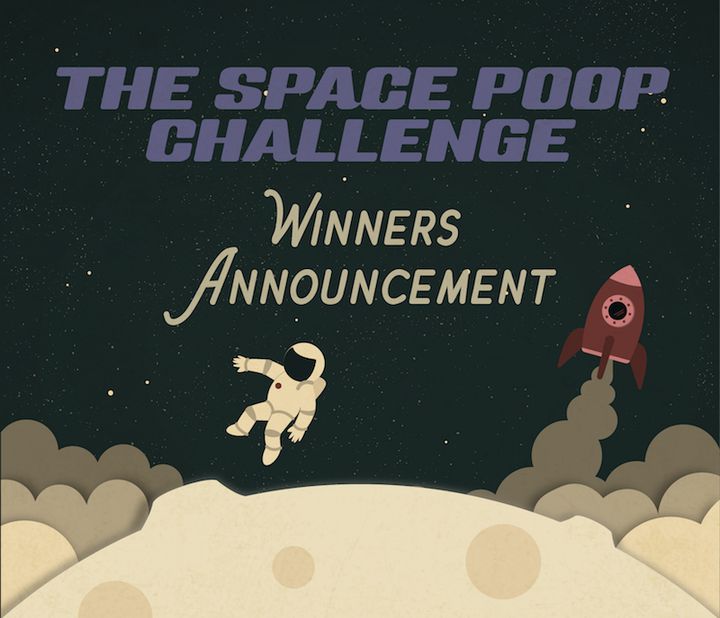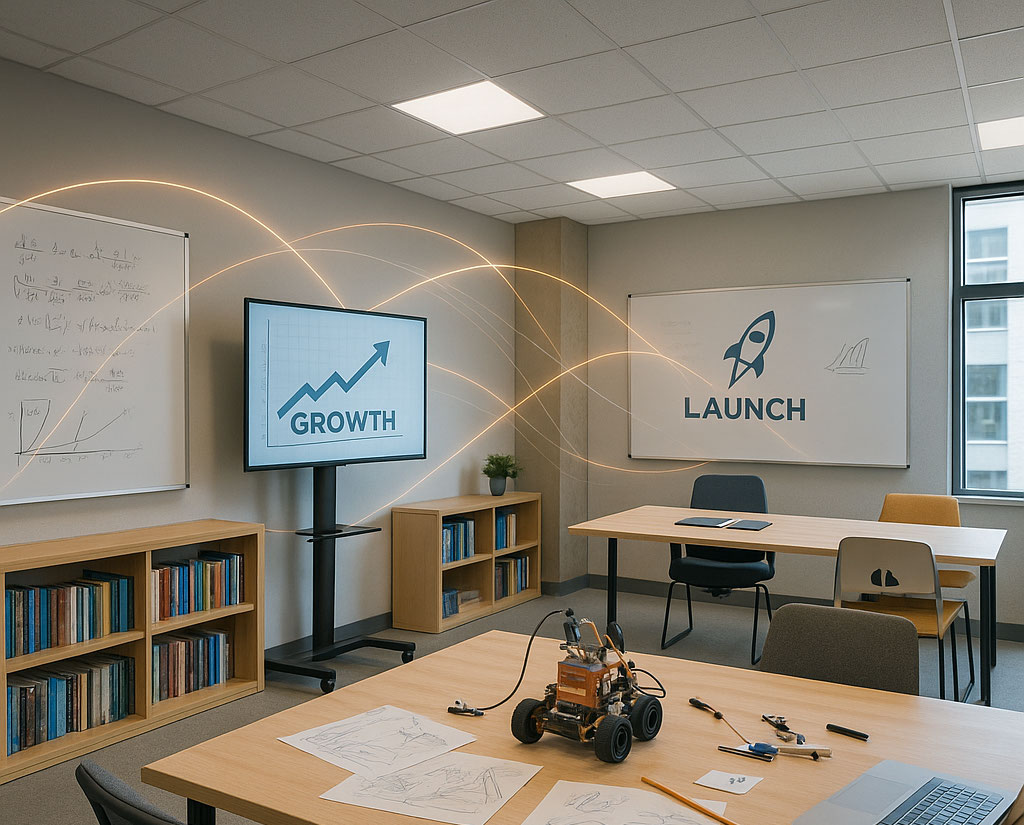
When a spacecraft takes a decade to get where it's supposed to be, and zooms right by, there might be questions as to why. This indeed was the case for the New Horizons spacecraft that flew by Pluto last week. After 9.5 years on the road, it got to its closest approach on July 14 and then flew further away, perhaps for another destination or perhaps just to empty space (depending on what gets funded.)
The pictures that came back enchanted the world, sparking cartoons and tearful homages and even reopening the long debate over whether Pluto should be renamed a planet again. With the immense reaction also came some questions -- why just a few hours at what used to be the solar system's furthest planet? Why not stick around there for years and years, as we did at Jupiter and Saturn and Mars?
As the team explained on the FAQ page, there are two reasons. One is science; mission planners wanted to leave the option open to visit another icy object further out in the solar system. But the second is just practical.
NASA wanted to get New Horizons out to Pluto before the dwarf planet drifts further from the sun, when its fragile atmosphere could collapse back on the surface due to cold. To get there in 9.5 years, this required a velocity of 27,000 mph. Slowing it down enough to orbit Pluto would require 1,000 times the fuel capacity of New Horizons.
There's other stuff to consider as well. If you look at spacecraft exploration history, often we did just flyby first. The Voyager spacecraft (perhaps the most famous pairs of space explorers) zoomed past Jupiter, Saturn, Uranus and Neptune between the two missions. And their flybys followed other flybys at Jupiter and Saturn by the Pioneer series. It wasn't until the Galileo mission that we stuck around Jupiter for a few years; Cassini is now doing the same thing at Saturn.
To take a single example, because we flew by Jupiter a few times, we got to know the best spots to do orbital prospecting. One spot of intense interest at the time was Europa, an icy moon that likely harbors an ocean under the crust. Galileo did multiple flybys of Europa and other moons, providing data that will be used for Europe's future JUICE (Jupiter Icy Moon Explorer). NASA also plans long-term studies of Jupiter with its Juno spacecraft, which arrives next year.
Nevertheless, we can all hope that Pluto prospecting will come in the future. There are tantalizing signs of carbon monoxide ice on its surface, and questions about how huge mountains formed on a world that was believed to be mostly geologically dead. There are many questions that will be raised by the pictures released in the coming weeks. Who knows what will be next?
Have an innovative idea to extend spacecraft life? Let us know by launching a HeroX challenge.
Top image: Pluto seen by the New Horizons spacecraft shortly before its July 14, 2015 flyby. Credit: NASA/APL/SwRI
